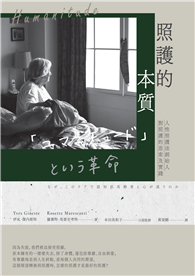In his Spring painting (1894), Lawrence Alma-Tadema represented the Victorian custom of sending children to collect flowers on the morning of May 1, or May Day. By placing the scene in ancient Rome, he suggested the festival’s great antiquity through architectural details, dress, sculpture and musical instruments based on Roman originals. Alma-Tadema’s curiosity about the ancient world was insatiable, and he incorporated his knowledge into over 300 paintings of ancient archaeological and architectural design. In later years, his large panoramic depictions of Greek and Roman life caught the attention of Hollywood. The set design of certain scenes in Cecil B. DeMille’s film Cleopatra (1934) was inspired by this painting. We are honoured to feature a detail from Spring as part of our collaborative The J. Paul Getty Museum Collection.












